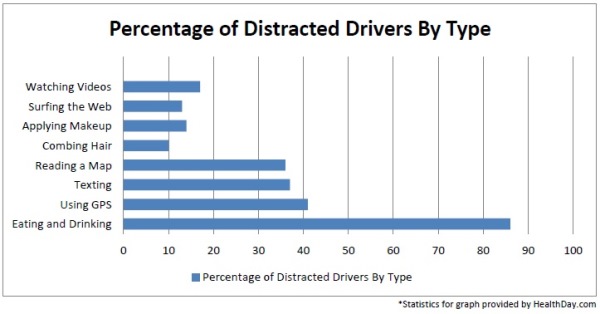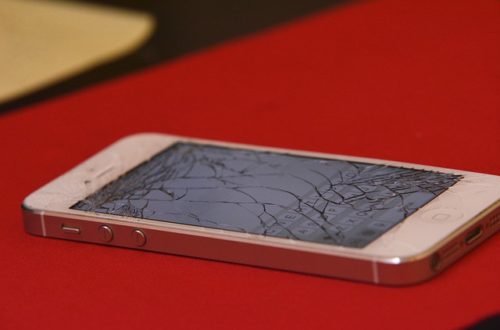Hands-Free Texting: Safer for Drivers?

Distracted drivers fill up our roadways every day during high traffic times like rush hour, late night commutes or even during poor weather conditions. A distracted driver is involved and responsible for a high percentage of accidents. In 2011 alone, 3,331 people were killed in crashes involving a distracted driver while an additional 387,000 people were injured in crashes involving a distracted driver according to these distracted driving statistics. Whether a driver is having a discussion with another passenger, searching for a contact on a cell phone, tuning the radio dial, or eating breakfast on the way to work, all things that take focus away from the road is considered a distraction. The distracted driving statistics are startling and remain seemingly unchanged. About 10% of all drivers report being distracted by mobile communication devices on a regular basis and over 30% of distracted drivers are texting.
Types of Distracted Driving
According to the Center for Disease Control and Prevention, there are three main types of distraction: Visual, Manual and Cognitive. Consider if you use your cellphone while driving. Visually, you are taking your eyes off the road when you grab your phone or dial a number. Manually, you are taking your hands (or at least one) off of the wheel to hold the phone, find the phone and dial the number. Cognitively, you are taking your mind off what you are doing by talking on the phone. By ignoring the types of distraction, you might be on your way to becoming a distracted driving statistic!
The graph below shows the percentage of distracted drivers by type:

Safer Ways to Text?
While many states have made it illegal to text/talk and drive, some drivers simply cannot stay off the phone. Currently, there are many apps for phones such as Start Talking, VoiceTEXT, Voice Text Pro, Vlingo Speech-to-Text, and My MotoSpeak. The hands-free texting app, “Sonalight Text” by Voice has received good reviews for “standing out for its ease of use and accuracy”. Consumer reviews also noted how great the app was because they didn’t need to take their eyes off of the road. In theory, it sounds safe, but using a hands-free app can be problematic.
It’s true that the driver is not taking his/her hands off the wheel to text or dial a number (granted that the app is set up on the phone). It’s true that the driver should have no reason to take focus off of the road because all the app requires is a voice and listening. It’s basically like talking in the car, similar to a voice command device or a Bluetooth.
Many drivers will argue that a hands-free device will allow them to give their undivided attention to their driving. Revisit the shocking distracted driving statistics and types of distracted driving. While a driver is visually paying attention to driving, the manual and cognitive can become impaired. What if the hands-free texting app suddenly stops working? Would the driver ignore the malfunction or grab the phone and try to fix it? Hands-free texting requires concentration and in a sense, a driver is still “communicating” with someone else (almost like having another passenger in the vehicle).
Ditch the Phone and Drive
Hands-free Texting Apps for your phone can be tempting to use. Many drivers think they are being more responsible by buying hands-free devices and while it can be safer than texting by hand or talking on the phone, the potential danger still lingers. Some of the best advice? Put your cell phone on silent or vibrate and focus on the road. It is also helpful to put it away and out of reach to avoid any temptation to text, dial, or answer an incoming call while driving. Most people will agree that no phone call or text is important enough to risk becoming another distracted driving statistic.
Photo by Pierre Selim.
Would you like to receive similar articles by email?





